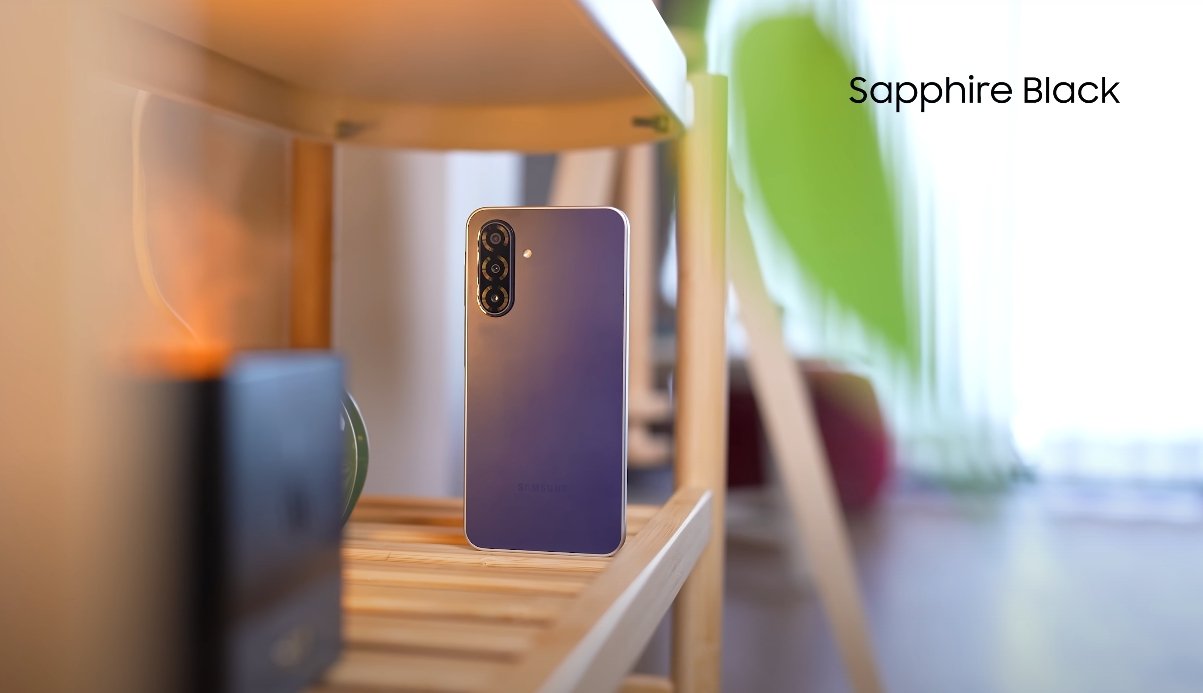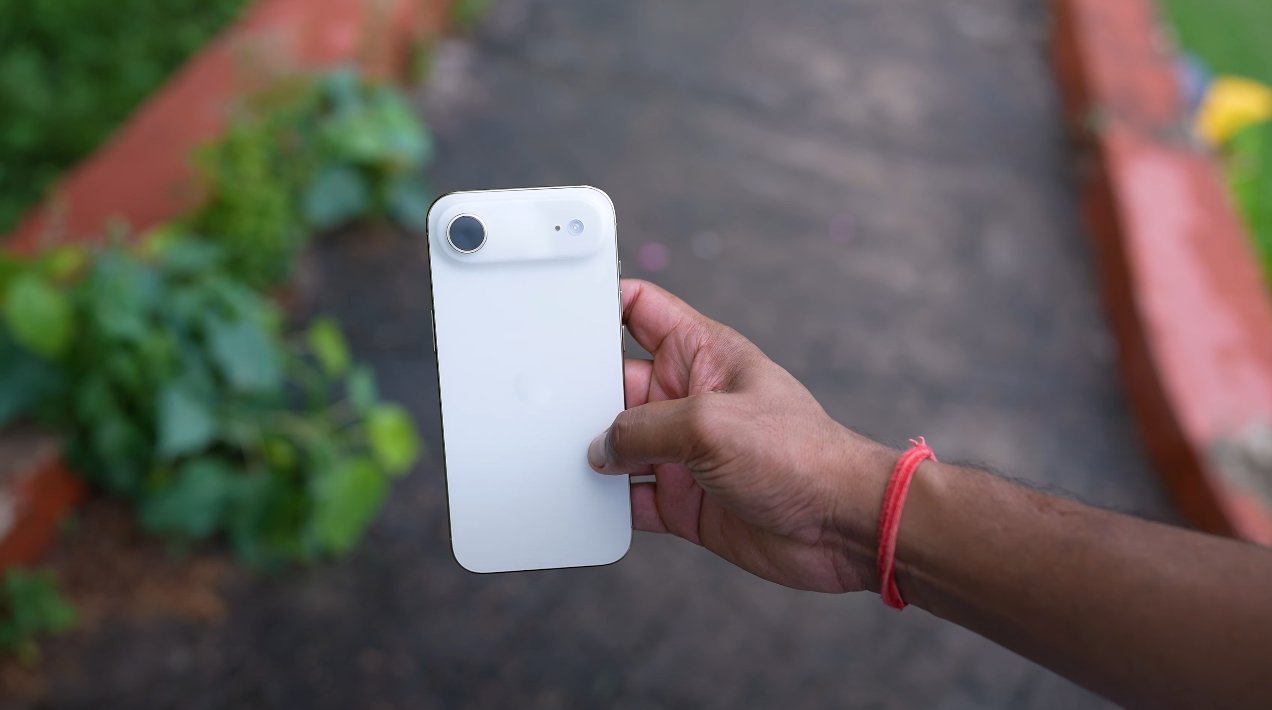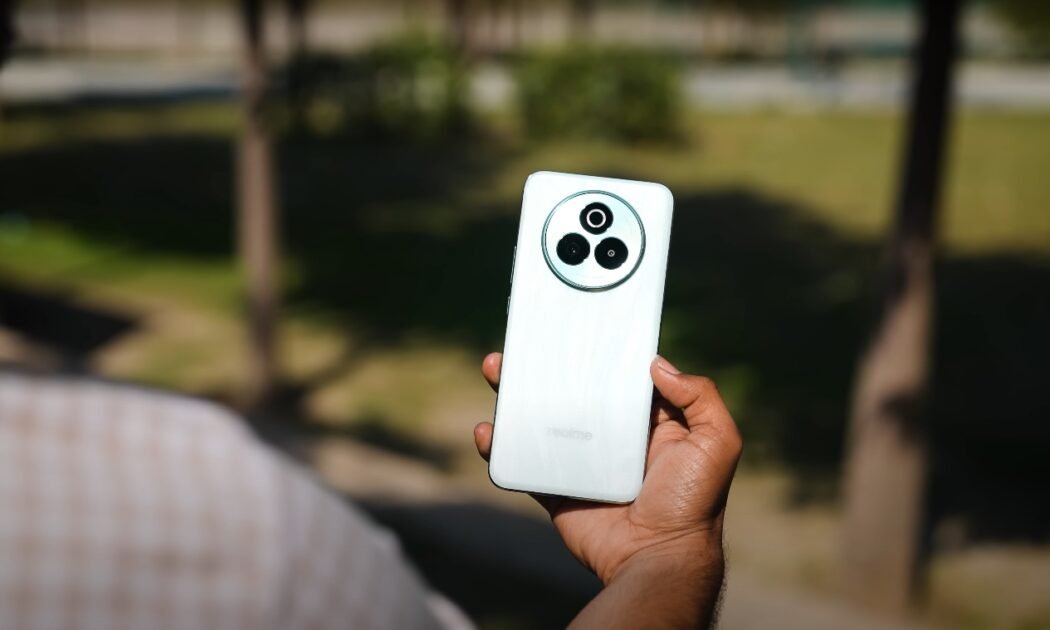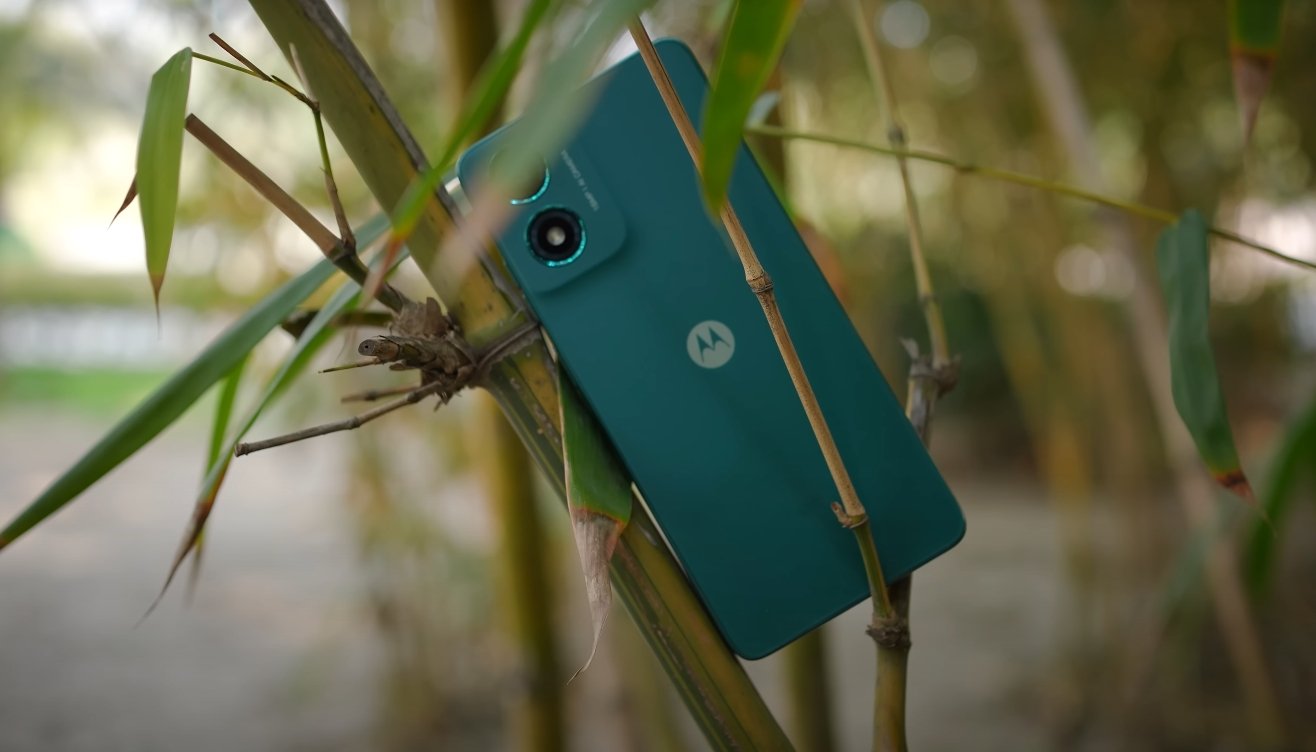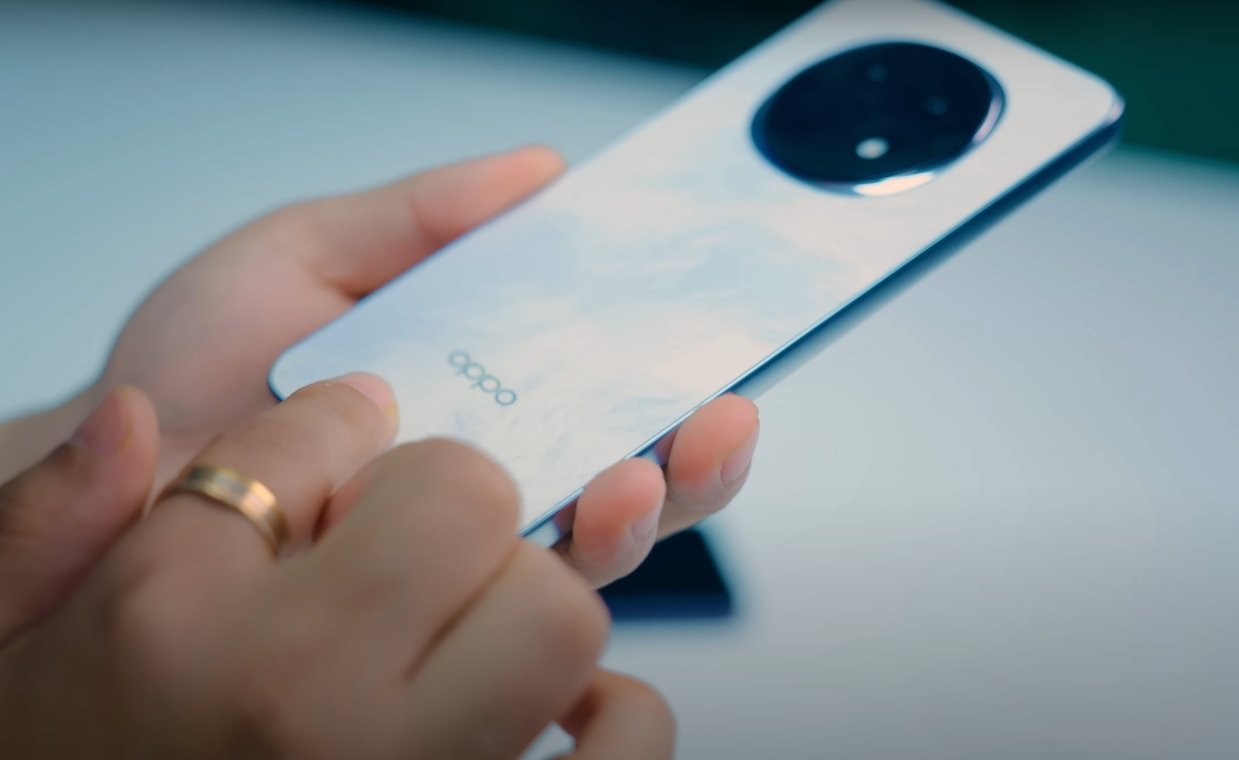Inside Look at Samsung’s Latest Midrange Design and Repairability
As Samsung prepares to expand its Galaxy M-series lineup, attention is turning to how the new Galaxy M17 5G will hold up not only in performance but also in long-term maintenance. While an official teardown has not yet been published by major repair groups, early service documentation and leaked component details are offering insights into what users can expect in terms of repairability. The M17 5G follows Samsung’s recent trend of balancing premium design with practical build methods, resulting in a device that is sleek, durable, and moderately repairable for technicians.
The Galaxy M17 5G is built around a sturdy plastic frame paired with a Gorilla Glass front, giving it both durability and affordability. Samsung’s design teams appear to have prioritized accessibility for common service tasks such as battery and display replacement. Internally, the layout is expected to be similar to the Galaxy M14 and M15 models, featuring modular components connected via ribbon cables. This approach makes replacing specific parts—like the charging port, speaker module, or cameras—less time-consuming, though opening the device still requires heat and precision tools to loosen adhesive without cracking the frame.
Like most modern smartphones, the Galaxy M17 5G does not feature a user-removable battery. The 5,000mAh lithium cell is securely glued into the housing, which ensures structural integrity but complicates do-it-yourself repairs. Technicians will likely need to heat the rear panel to soften adhesive strips before lifting the back off. The back cover, made from polycarbonate, can flex slightly, reducing the risk of shattering compared to glass-backed models. Once inside, the battery can be safely detached with minimal risk if handled correctly, suggesting a moderate repair difficulty level.
The display assembly is typically one of the most expensive components to replace, and the M17 5G’s 6.7-inch AMOLED panel is no exception. If Samsung follows its current assembly method, the display and digitizer will likely be fused into a single unit. This design improves touch sensitivity and thinness but makes display replacement costlier and more complex. Still, because the display is secured from the front after removing internal components, a skilled technician should be able to complete the repair without fully dismantling the device, keeping overall repair costs reasonable for a midrange model.
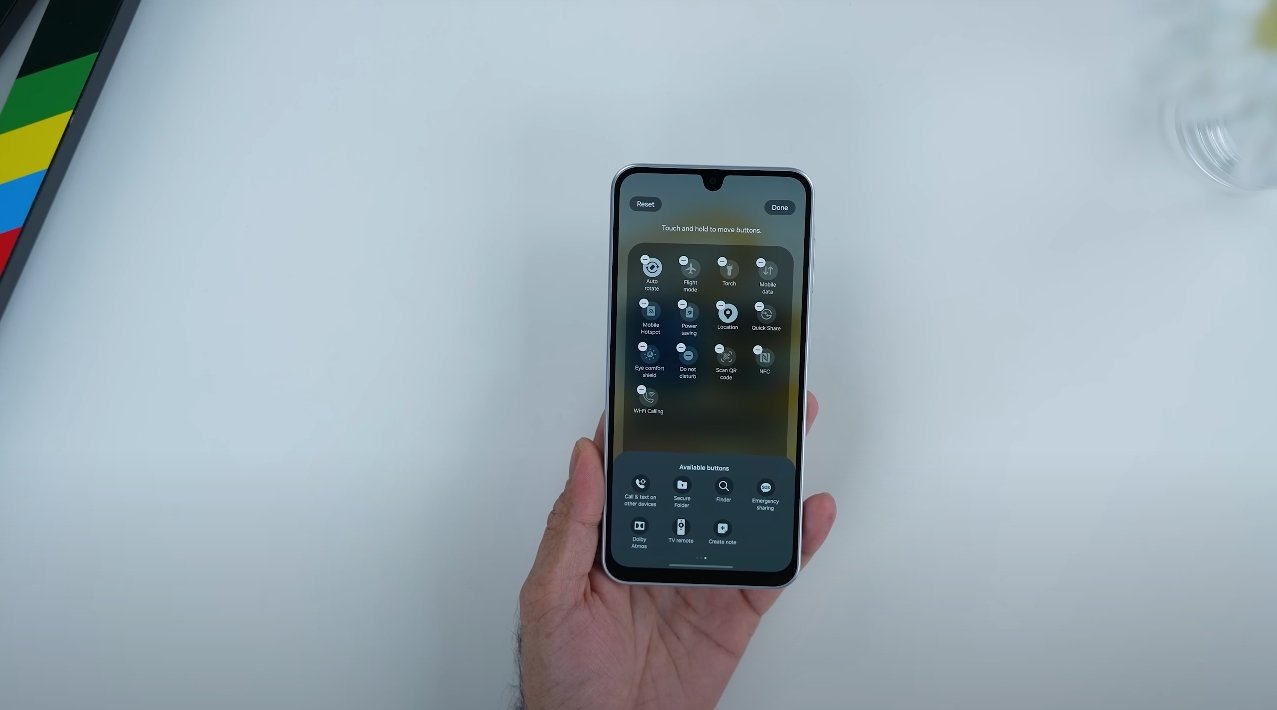
Internally, the Galaxy M17 5G is expected to include several modular parts such as the USB-C charging board, loudspeaker module, and rear camera array. These are typically held in place by standard Phillips screws and metal shielding plates, which is a positive for repairability. The mainboard houses the Exynos processor and memory modules, which are soldered in place, making board-level repairs impractical. However, common failure parts—like buttons, vibration motor, or SIM tray—should be replaceable without full disassembly. The inclusion of rubber seals around openings also helps maintain the device’s IP54 rating for water and dust resistance, though those seals must be replaced after any major repair to retain the rating.
From a technician’s perspective, the M17 5G strikes a balance between design integrity and accessibility. The phone’s internal structure appears clean and modular, which should result in a moderate repairability rating. Early estimations based on leaked service documentation suggest a likely repairability score between 6 and 7 out of 10, indicating that the phone is serviceable but not ideal for casual users attempting self-repairs. The primary challenges are adhesive-backed components and fragile ribbon cables near the top sensor array.
In conclusion, while a full teardown is still awaited, the Samsung Galaxy M17 5G looks like a repair-friendly option in its class, particularly when compared to sealed-glass flagship models. It should allow professional repair shops to handle common issues—battery replacement, screen damage, or charging port failure—without excessive complexity or cost. The combination of modular design, durable materials, and careful internal organization suggests that Samsung has learned from previous models to make midrange devices more sustainable and easier to maintain. Once the official teardown emerges, the Galaxy M17 5G is expected to confirm its reputation as a well-balanced smartphone offering both performance and practicality for everyday users in the United States.
